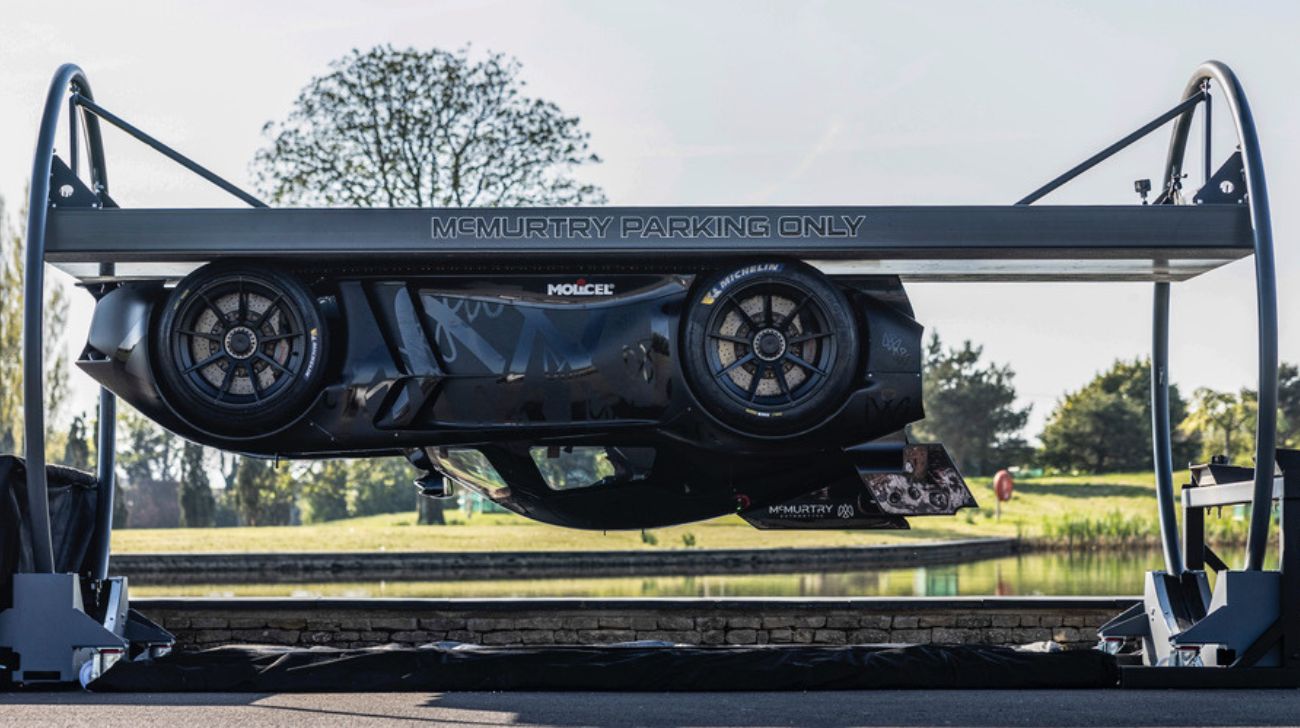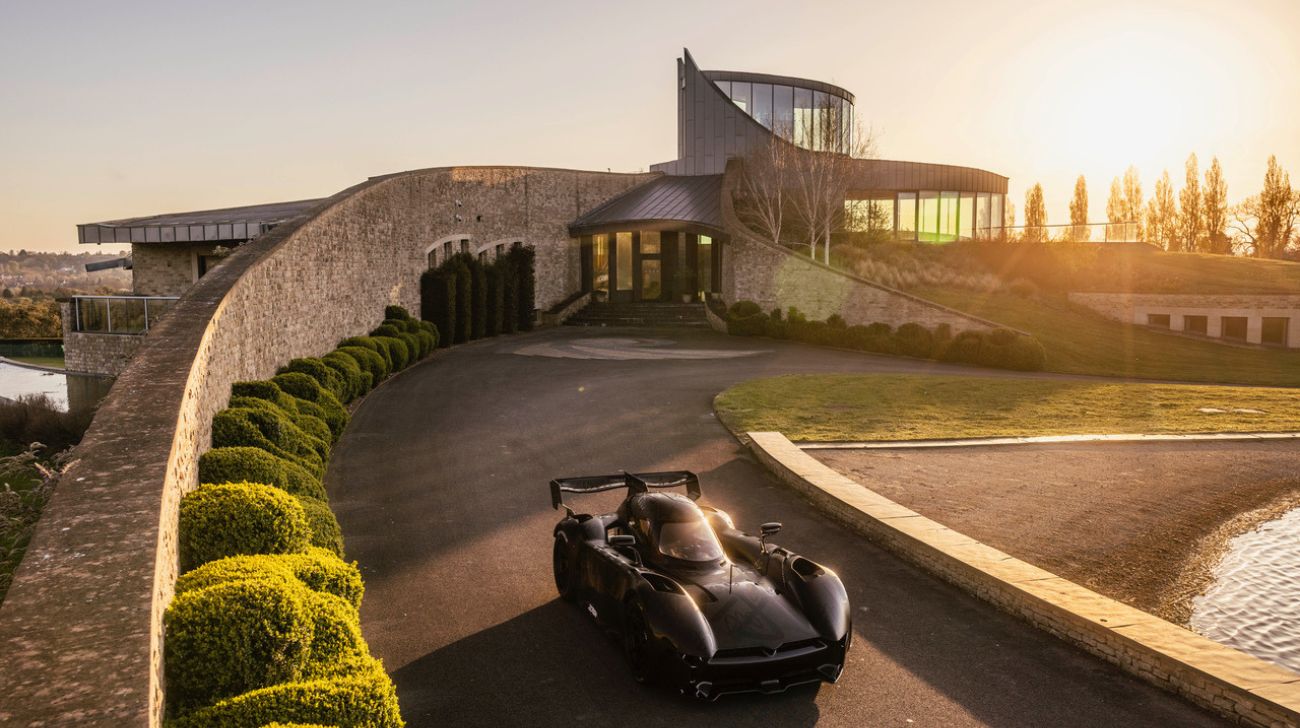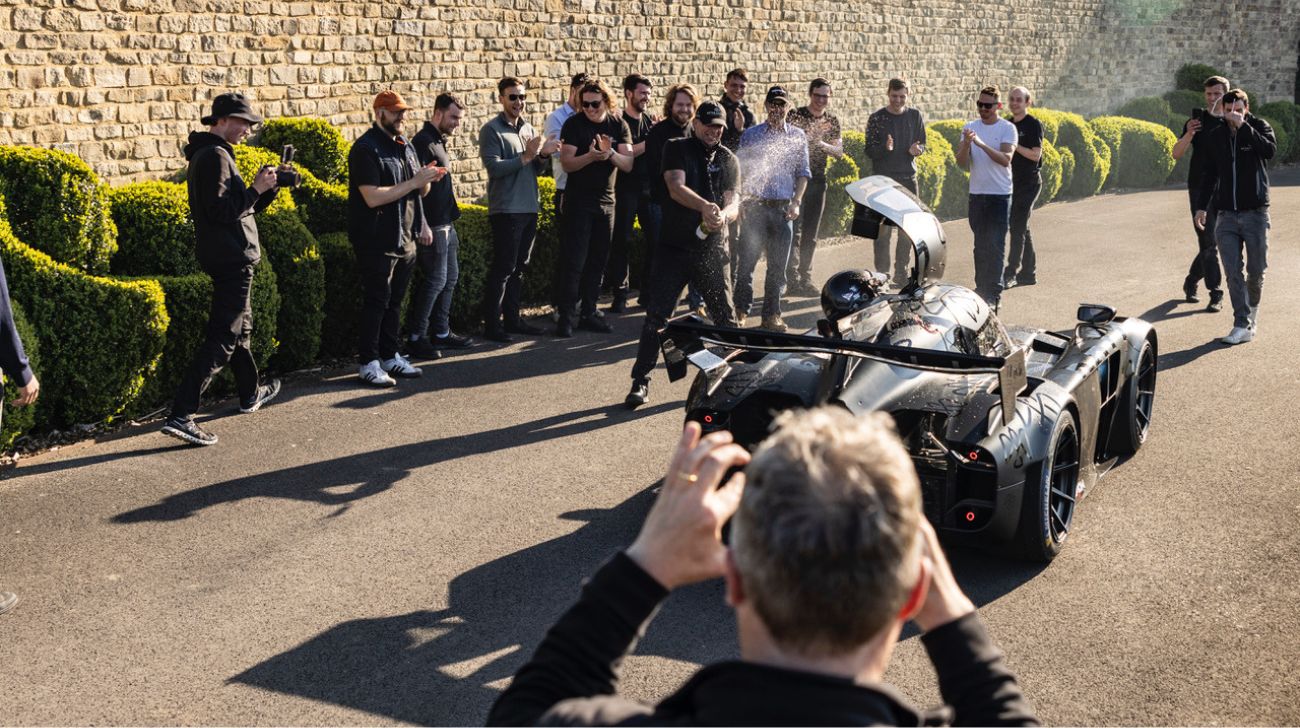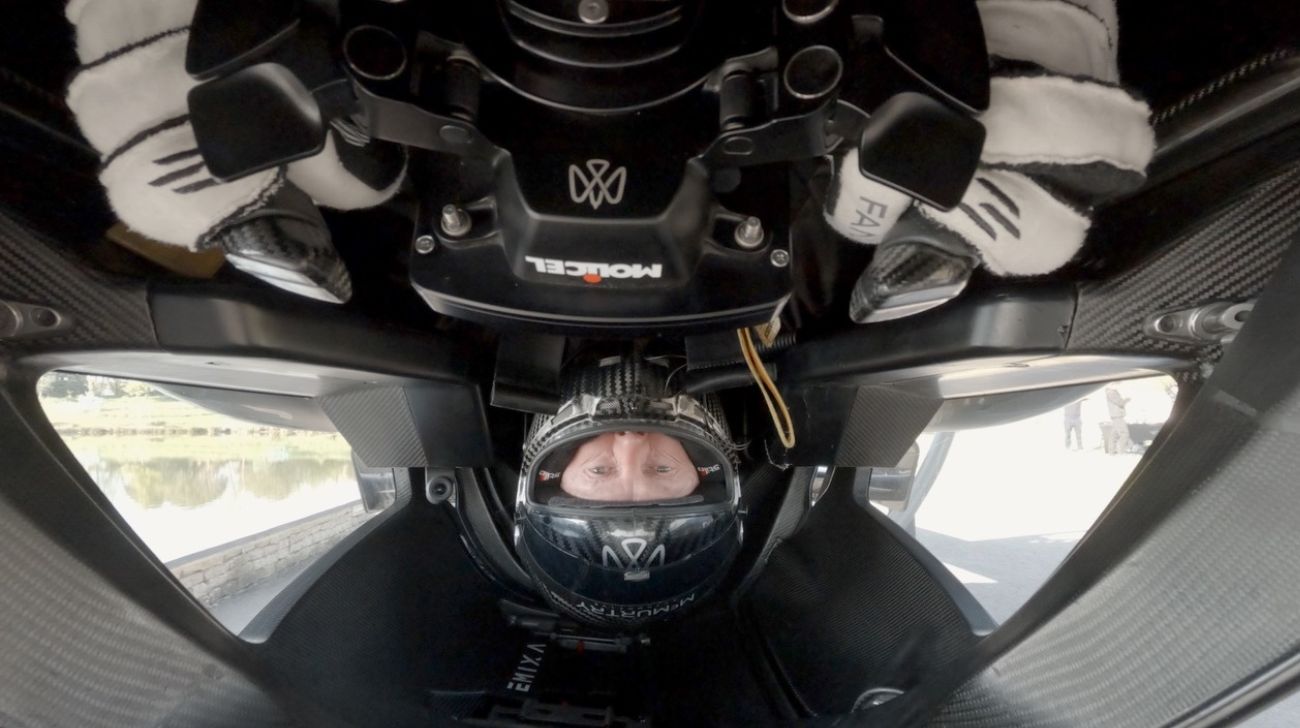In a headline-grabbing world first, McMurtry Automotive has successfully driven its Spéirling electric hypercar upside down. And no, this isn't science fiction or some Marvel-laced visual effects – it happened for real, at the company's Gloucestershire HQ, in front of independent adjudicators.
Here's what you need to know.
What just happened?
-
The McMurtry Spéirling, an electric single-seater from the UK, became the first car in history to drive upside down from a standstill.
-
The feat was accomplished using the brand's proprietary Downforce-on-Demand™ fan system, creating a vacuum under the car.
-
Essentially, the car sucked itself onto the ceiling of a rotating rig and casually drove forward as if gravity had called in sick.
Quick Stats
-
Downforce: 2000kg available even at zero kmph
-
0–100 kmph: 1.5 seconds
-
Quarter-mile: 8 seconds
-
Cornering: Over 3g
-
Top Speed: Undisclosed, but certainly enough to make your neck muscles earn their keep
-
Price: Yet to be announced, but "if you have to ask…" applies
-
Customer deliveries: Set for 2026
-
Production run: Limited to 100 units
Records? Oh yes.
Before showing off its party trick, the Spéirling already:
-
Smashed the Goodwood Festival of Speed Hillclimb record
-
Claimed the Laguna Seca Hillclimb record
-
Beat the Top Gear Test Track record by 3.1 seconds, toppling a 2004 Renault F1 car in the process
A tiny electric fan car dethroned a V10 Formula 1 monster.
How does it work?
Conventional racecars generate downforce through wings and airflow, which only works well at speed. The Spéirling, however, uses two powerful fans to generate vacuum suction at any speed – even while stationary.
This gives it unparalleled grip in acceleration, braking, and cornering and allows it to ignore the fundamental laws of physics if asked politely.
For the upside-down stunt:
-
The Spéirling drove up a ramp onto a rotating rig.
-
The platform flipped the car upside down.
-
The fan system kept it glued to the 'ceiling' as the driver, Thomas Yates, drove forward.
Casually. As if this was a normal thing.
Special Livery
The car wore a unique gloss black 'falcon camouflage' over a matte black base – a nod to McMurtry's first fan car from 2021. The falcon design references the peregrine falcon in the company's logo – the fastest animal on Earth. The graphics under the rear wing are, you guessed it, optimised for being viewed while upside down.
What's under the carbon skin?
The car used for the demonstration is the Spéirling PURE Validation Prototype 1 (VP1). It previews the 2026 customer car, which will have:
-
A 100kWh battery using Molicel P50B 21700 cells
-
Enough juice for 20 minutes of GT3-level track pace
-
Even longer sessions at merely 'record-breaking' speeds
Safety?
Though the stunt might seem reckless, the Spéirling is built to LMP1 racecar standards, similar to the machines that run at Le Mans. And here's something fascinating:
-
The car maintains grip because the downforce is independent of speed or direction, even in a spin.
-
In testing, full braking during a spin often stopped the car before it left the tarmac. Try doing that in your hatchback.
Why do this at all?
In 2021 at Goodwood, someone asked the McMurtry team if the car could drive upside down. Most people would laugh it off.
McMurtry said, "Give us a minute."
Three years and several lap records later, they've delivered.








